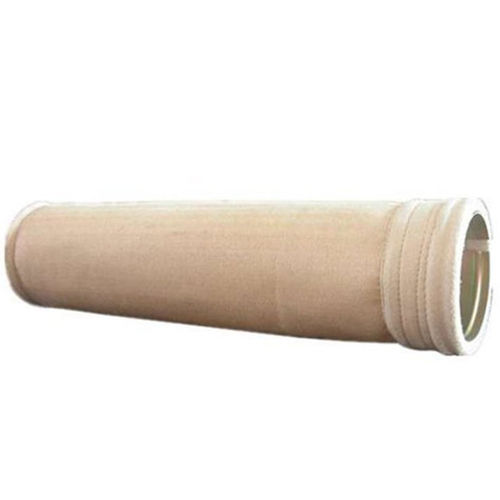à¤à¥à¤°-बà¥à¤¨à¤¾ फ़िलà¥à¤à¤° बà¥à¤
Price 400 आईएनआर/ टुकड़ा
MOQ : 100 टुकड़ाs
à¤à¥à¤°-बà¥à¤¨à¤¾ फ़िलà¥à¤à¤° बà¥à¤ Specification
- प्रतिरोध
- उच्च
- दक्षता (%)
- 100%
- उपयोग
- औद्योगिक
- साइज
- स्वनिर्धारित
- ऊंचाई
- मीटर (m)
- प्रॉडक्ट टाइप
- गैर-बुना फ़िल्टर बैग
- मोटाई
- मीटर
- लम्बाई
- मीटर (m)
- चौड़ाई
- मीटर (m)
à¤à¥à¤°-बà¥à¤¨à¤¾ फ़िलà¥à¤à¤° बà¥à¤ Trade Information
- Minimum Order Quantity
- 100 टुकड़ाs
- भुगतान की शर्तें
- कैश इन एडवांस (CID)
- आपूर्ति की क्षमता
- 1000 प्रति महीने
- डिलीवरी का समय
- 10 दिन
- मुख्य घरेलू बाज़ार
- ऑल इंडिया
About à¤à¥à¤°-बà¥à¤¨à¤¾ फ़िलà¥à¤à¤° बà¥à¤
Non-Woven Filter Bags are a type of filtration media used in various industries, including chemical, pharmaceutical, food and beverage, and wastewater treatment. Here's a concise overview:
Key Features- Material: Non-woven fabric, typically made from polypropylene (PP), polyester (PET), or polyamide (PA)
- Structure: Randomly arranged fibers, providing a high surface area for filtration
- Filtration Mechanism: Mechanical filtration, capturing particles and contaminants within the fabric
Types of Non-Woven Filter Bags1. Spunbond: High-strength, high-temperature applications
2. Meltblown: High-efficiency filtration, often used in combination with spunbond
3. Needle-Punched: High-porosity, high-flow applications
Advantages- High Filtration Efficiency: Captures particles and contaminants effectively
- Low Pressure Drop: Minimizes energy losses and reduces operating costs
- Easy Installation and Maintenance: Simplifies filter replacement and reduces downtime
Considerations- Compatibility: Ensure the filter bag material is compatible with the process fluid or gas
- Operating Conditions: Consider temperature, pressure, and flow rate when selecting a filter bag
- Regulatory Compliance: Ensure the filter bag meets relevant industry standards and regulations
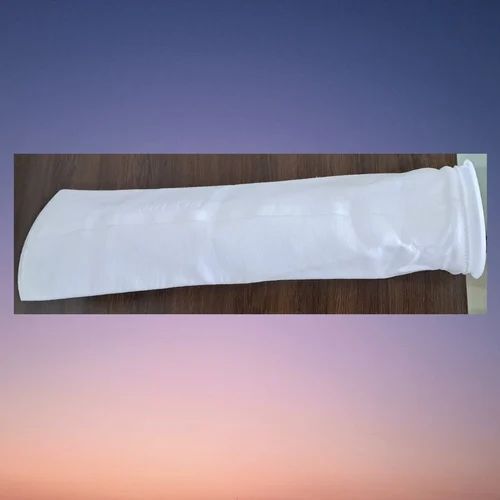
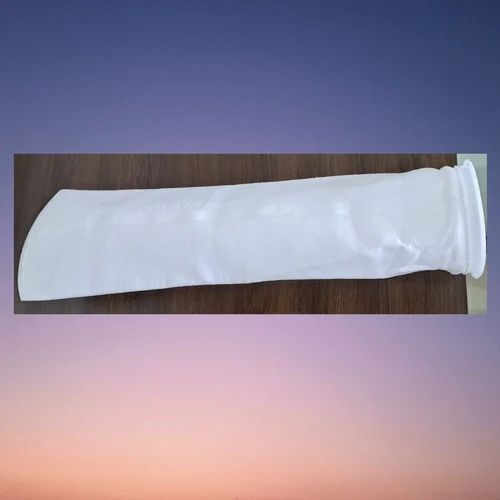


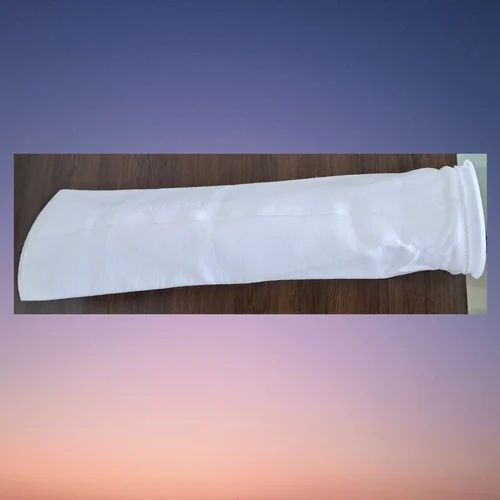
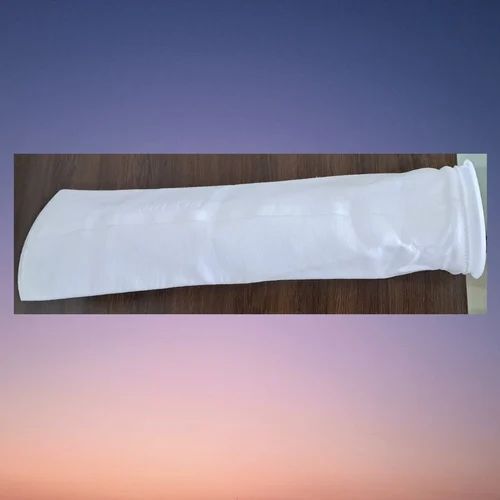
Tell us about your requirement

Price: Â
Quantity
Select Unit
- 50
- 100
- 200
- 250
- 500
- 1000+
Additional detail
मोबाइल number
Email
अधिक Products in फ़िल्टर बैग Category
औद्योगिक फ़िल्टर बैग
न्यूनतम आदेश मात्रा : 100
प्रॉडक्ट टाइप : औद्योगिक फ़िल्टर बैग
दक्षता (%) : 100%
माप की इकाई : टुकड़ा/टुकड़े
प्रतिरोध : उच्च
मूल्य की इकाई : टुकड़ा/टुकड़े
Nomex फ़िल्टर बैग
न्यूनतम आदेश मात्रा : 100
प्रॉडक्ट टाइप : नोमेक्स फ़िल्टर बैग
दक्षता (%) : 100%
माप की इकाई : यूनिट/यूनिट
प्रतिरोध : उच्च
मूल्य की इकाई : यूनिट/यूनिट
PTFE डस्ट कलेक्टर फिल्टर बैग
न्यूनतम आदेश मात्रा : 100
प्रॉडक्ट टाइप : पीटीएफई धूल कलेक्टर फ़िल्टर बैग
दक्षता (%) : 100%
माप की इकाई : यूनिट/यूनिट
प्रतिरोध : उच्च
मूल्य की इकाई : यूनिट/यूनिट
प्रदूषण नियंत्रण उद्यम
GST : 06BHCPA5127L1ZL
GST : 06BHCPA5127L1ZL
प्लाट न. 1890, जीवन नगर, गौंछी, नियर सेक्. 55, बल्लभगढ़,फरीदाबाद - 121004, हरयाणा, भारत
फ़ोन :08045800910
 |
POLLUTION CONTROL ENTERPRISES
सर्वाधिकार सुरक्षित.(उपयोग की शर्तें) इन्फोकॉम नेटवर्क प्राइवेट लिमिटेड . द्वारा विकसित एवं प्रबंधित |



 जांच भेजें
जांच भेजें

